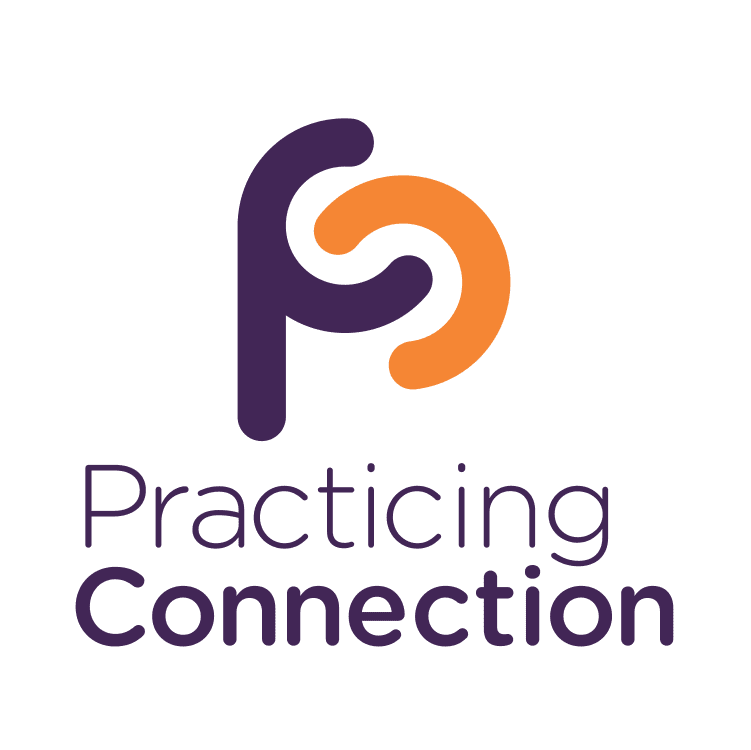(Season 5, Episode 14)
In this episode , co-hosts Jessica Beckendorf and Bob Bertsch talk about watching for opportunities to think big – one of the eight ways of cultivating community resilience identified in the “Connecting Communities in Asset-based Community Recovery” project.
“Connecting Communities in Asset-based Community Recovery” is a collection of resources developed during the COVID-19 pandemic. The pandemic presented some really difficult challenges, but it also revealed some opportunities for building better systems and communities.













